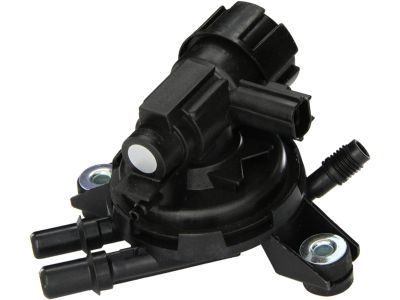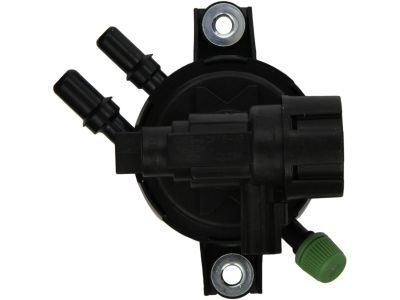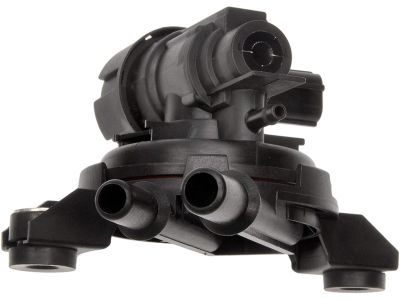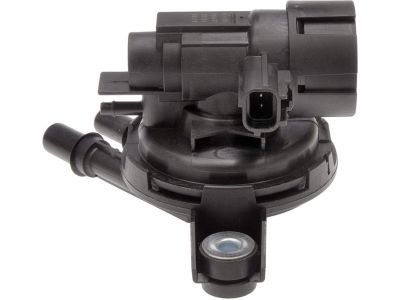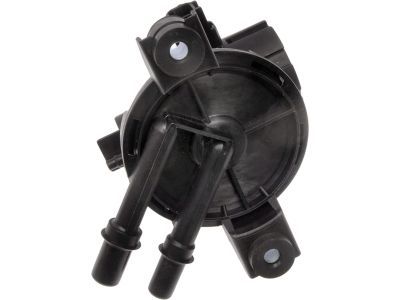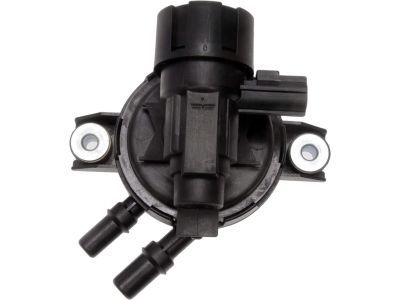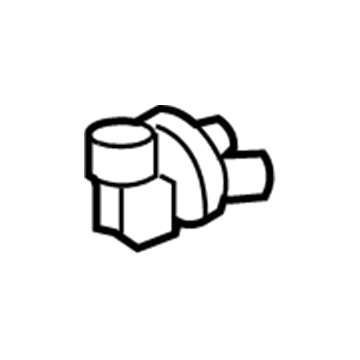FordParts
My Garage
My Account
Cart
OEM 2002 Lincoln Blackwood Canister Purge Valve
Vapor Canister Purge Valve EVAP- Select Vehicle by Model
- Select Vehicle by VIN
Select Vehicle by Model
orMake
Model
Year
Select Vehicle by VIN
For the most accurate results, select vehicle by your VIN (Vehicle Identification Number).
1 Canister Purge Valve found

2002 Lincoln Blackwood Purge Solenoid Part Number: F75Z-9C915-AA
$85.20 MSRP: $140.18You Save: $54.98 (40%)Ships in 1-2 Business DaysProduct Specifications- Other Name: Valve Assembly; Vapor Canister Purge Solenoid; Vapor Canister Vent Solenoid; Canister Purge Valve; Valve
- Manufacturer Note: VMV Valve
- Base No.: 9C915
- Item Weight: 0.80 Pounds
- Item Dimensions: 6.1 x 4.4 x 4.4 inches
- Condition: New
- Fitment Type: Direct Replacement
- SKU: F75Z-9C915-AA
- Warranty: This genuine part is guaranteed by Ford's factory warranty.
2002 Lincoln Blackwood Canister Purge Valve
If you're seeking quality and affordability, look no further than our extensive inventory of genuine 2002 Lincoln Blackwood Canister Purge Valve available at FordPartsDeal.com. You can confidently purchase our OEM 2002 Lincoln Blackwood Canister Purge Valve as they are supported by the manufacturer's warranty and our hassle-free return policy, alongside the benefit of our fast delivery service.
2002 Lincoln Blackwood Canister Purge Valve Parts Q&A
- Q: How to Service and Repair the Canister Purge Valve on 2002 Lincoln Blackwood?A: In order to service the Canister Purge Valve, the battery ground cable should be unconnected. Take the parts off one by one, and put them back in the same order. Once it has been installed, do a leak test and also carry out the evaporative emission repair verification drive cycle to verify that a repair was carried out successfully.
